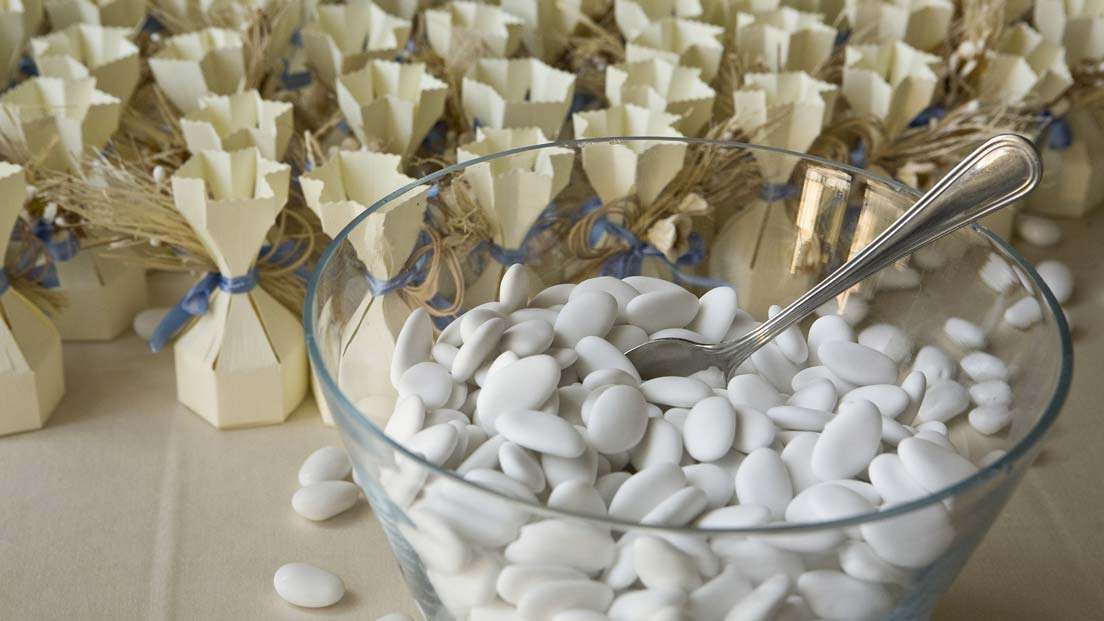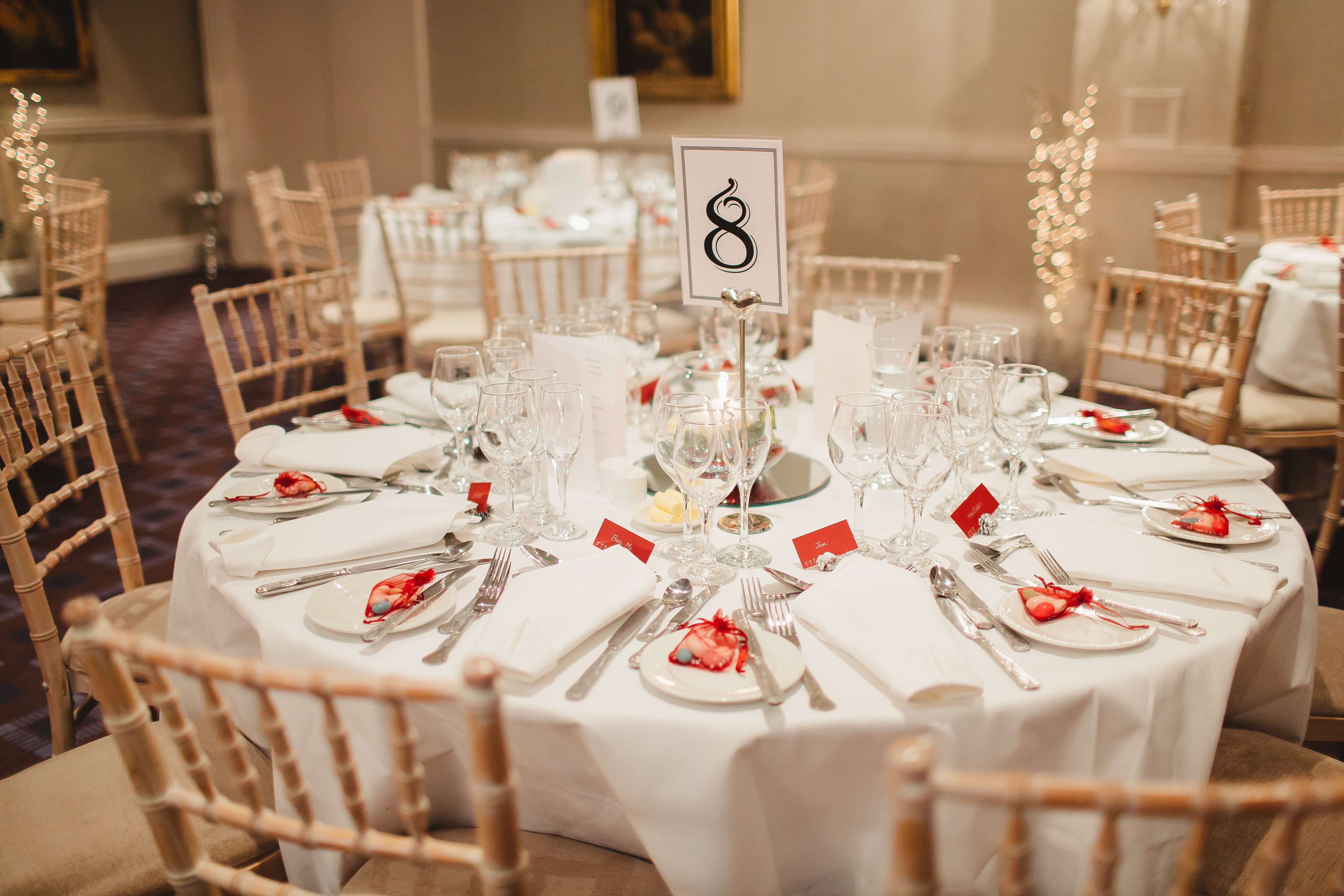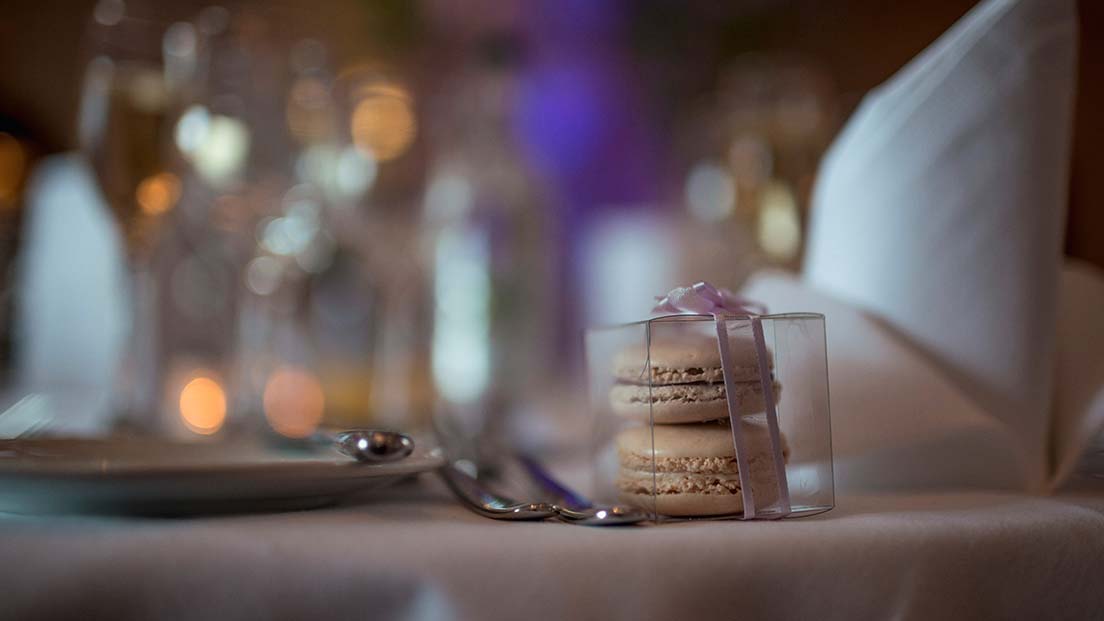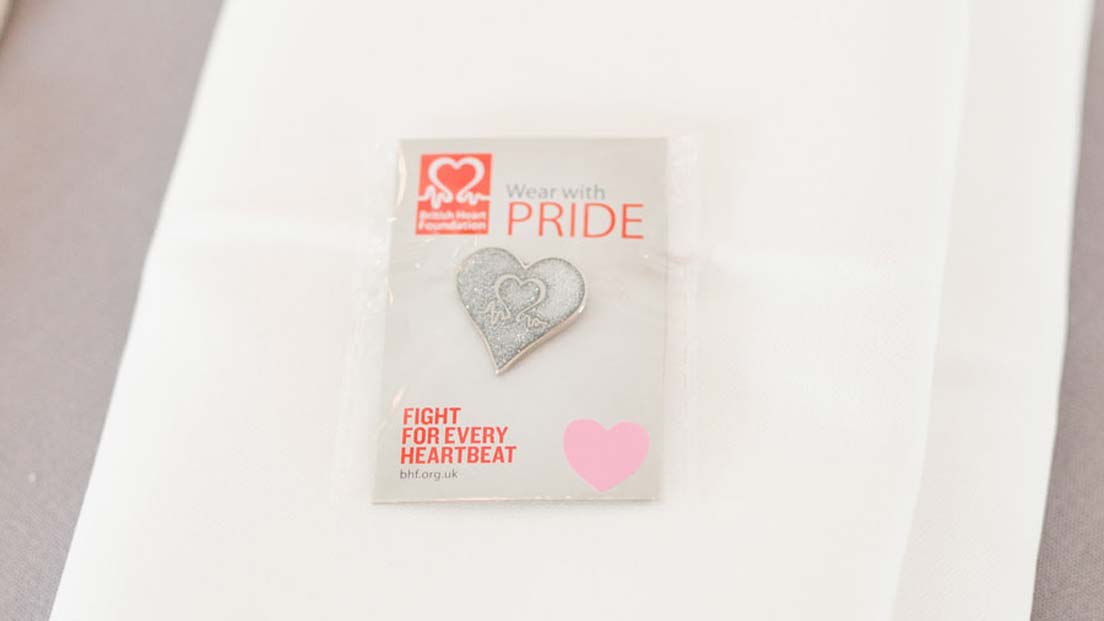This month, we look at wedding favours and discover all you need to know about this time-honoured tradition

The giving of wedding favours will undoubtedly appear on most bride and groom’s to-do list, but why do we do it? At first glance it may seem to be nothing more than a materialistic gesture, but dig a little deeper and it is a tradition that is steeped in history and symbolism.
The first examples of favours at weddings dates back to 16th century France when the aristocracy would give their guests bonbonnières – delicate metal or porcelain boxes encrusted with precious stones or crystals containing sugared almonds (known as Jordan almonds) or sweets.
However, the intention behind giving expensive sugared almonds or sweets in France was not as extravagant as it first appeared. It was thought that sugar had health-giving properties, so the gift of a bonbonnière was seen to bestow good health on all guests. Sugared almonds also carried a special meaning: the bitterness of the almonds and the sweetness of the sugared coating symbolised how marriage can be bittersweet and must be worked at.

At around the same time in England, favours were also given to guests at weddings but, unlike in France, were not the preserve of the wealthy. Instead of expensive sugar gifts, hand-crafted love knots, made of ribbons and lace, were given to guests to express thanks and show the bride and groom’s bond of love. Weddings were also considered lucky occasions, so the giving of favours was seen as a way to pass on the happy couple’s luck to their guests.
In Greece, Spain and Italy, as in France, sugared almonds (or sometimes chocolate) are given as wedding favours, carrying on the 16th century tradition that sugar enhanced health. The same is true in Middle Eastern countries, although the bride specifically gives five Jordan almonds, often wrapped in delicate tulle, which represent fertility, health, longevity, wealth and happiness. In Asian cultures, red and gold are celebratory colours and are thought to bring happiness and prosperity, so wedding favours are often given in these shades.
.jpg)
As the price of sugar fell, more people were able to give traditional sweet favours at their weddings. However, the more people that now embraced the giving of favours, the more thinking about what they should be evolved. As a result, sugared almonds that had been so popular for hundreds of years began to fall out of fashion, and brides and grooms began to personalise their wedding favours, either to their guests or themselves.

Personalised wedding favours are big right now, and almost anything can be marked with your names, the date of your nuptials, where you got married or a favourite quote or song lyric to remind your guests of your wedding. If you are thinking of going down this route for your ceremony, it is a good idea to consider favours that are not edible, rather as trinkets that your guests can keep. Popular ideas include candle tins, playing cards, lip balms, framed pictures or CDs of your favourite music.
For edible personalised treats, the list is almost endless: lollipops, jars of sweets or jellybeans, miniature tins of mints or bottles of alcohol, biscuits, chocolates, jams and chutneys to name just a few.

The modern couple also ask whether wedding favours are really necessary which has prompted the rise in charity wedding favours. Many charities now offer great alternatives to the traditional wedding favours allowing you to gift a charitable donation with personal gifting pages and badges that you can place on tables during your wedding breakfast for your guests.
With so many other items on your wedding to-do list though, you will not be judged by sticking with tradition and giving sugared almonds to your guests. They are simple, elegant and can be easily matched to the colours or theme of your wedding. Plus, grandma and grandpa will be impressed that you have done your homework and really thought about what you are giving.